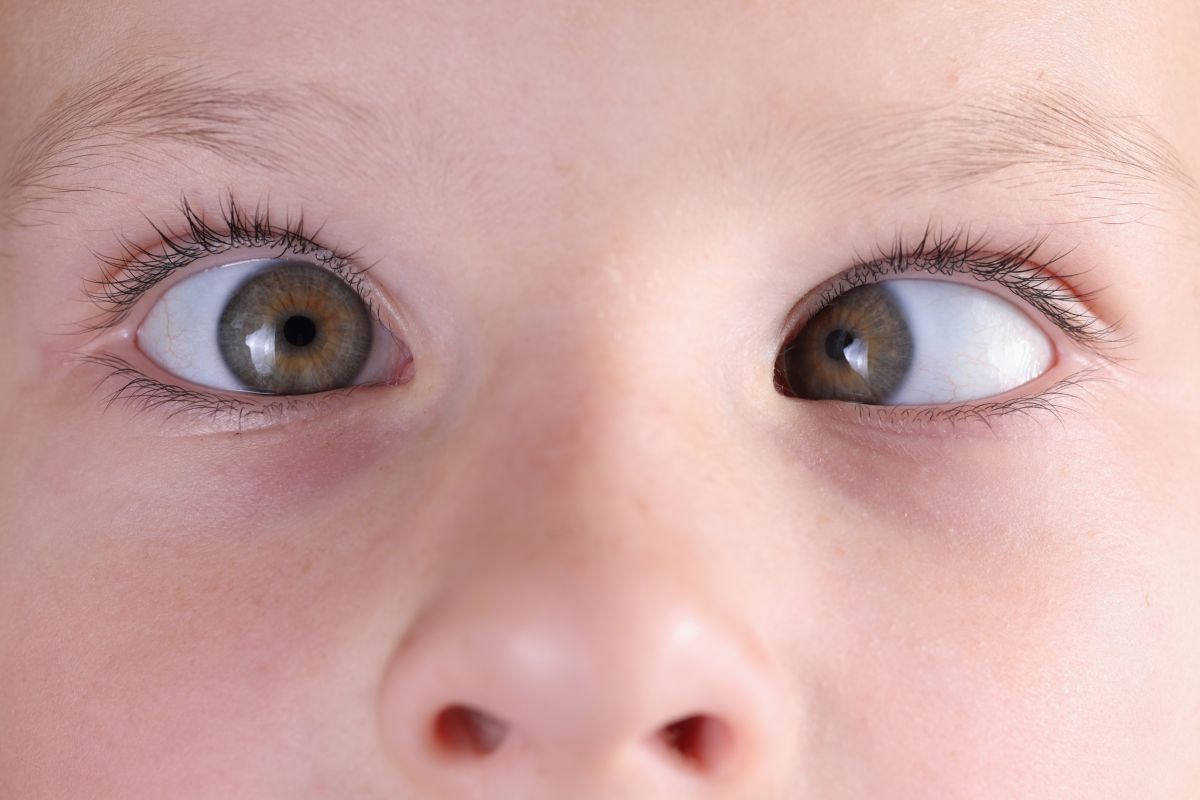Health
Esotropia: all about the ailment that struck Lady Louise Windsor

What is esotropia? Ailment that has affected Lady Louise Windsor, daughter of Countess Sophie of Wessex, is cured only with surgery.
Disorder that has affected Lady Louise Windsor , daughter of Countess Sophie of Wessex since birth, esotropia could lead to various vision problems. Especially when not diagnosed in time, it causes major complications. Let's see the causes and the cure.
Esotropia: causes and symptoms
Term used to indicate a particular clinical condition, esotropia involves a squint of the eye. Specifically, one of the two faces inward, rather than being straight. It should be noted that, in rare cases, both eyes can be turned inwards. Obviously, this is not just an aesthetic problem, as it could prevent the eye from perceiving images in depth. In addition, you may experience other symptoms , such as: headache , sensitivity to light, eye fatigue and burning, and dizziness.
Whether it is infantile or acquired esotropia, the causes are not always known. Generally, when it is present from birth, it is a congenital disorder. In any case, the misalignment of the visual axes is to be found in the malfunctioning of the ocular muscles, cranial nerves or higher brain centers that deal with the control of eye movement. The following are the types of esotropia:
- accommodative esotropia: they turn inward to focus on nearby objects;
- alternating esotropia: the left and right eyes alternate to look inwards;
- intermittent: a condition that occurs when you concentrate too much or are tired;
- left: the left eye turns inwards;
- right: the right eye turns inwards;
- acute esotropia: occurs suddenly and is not present from birth.
View this post on Instagram
Esotropia: intervention and treatment
Esotropia has struck Lady Louise Windsor, daughter of Countess Sophie of Wessex since birth. Operated twice, just born and when she was ten, Lady is fine today and the problem has been completely solved. This clarification is to emphasize that the disorder is cured only with surgery. It should be noted that when the disease is not diagnosed promptly and treated in the right way, some complications can arise, such as:
- inability to process 3D vision;
- loss of complete perception of an image or difficulty in seeing it deeply and clearly;
- decreased sharp vision in the child's squinting eye;
- double vision;
- decreased binocular vision.
Riproduzione riservata © - WT











